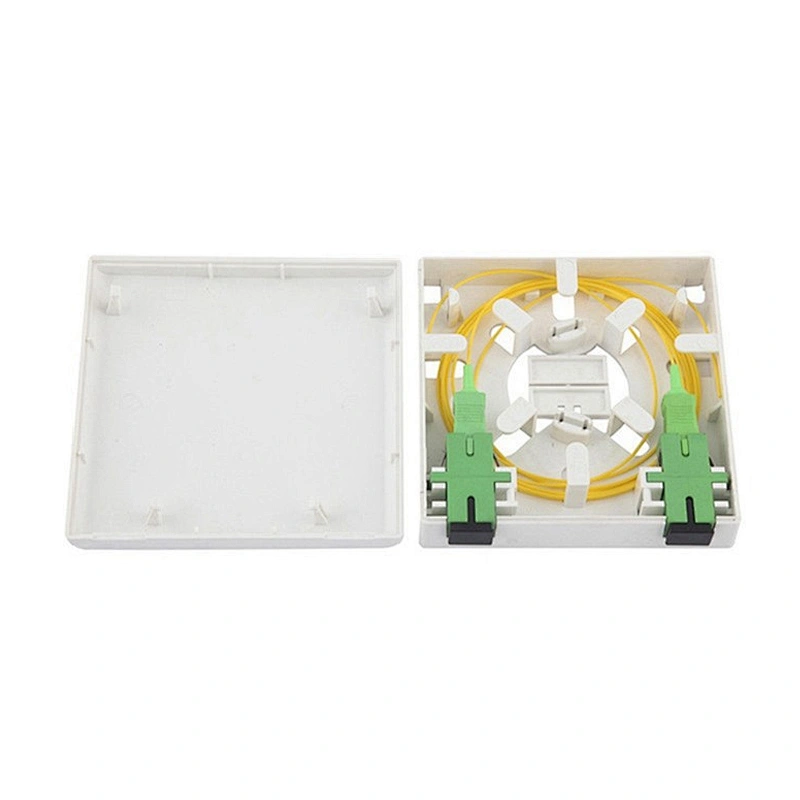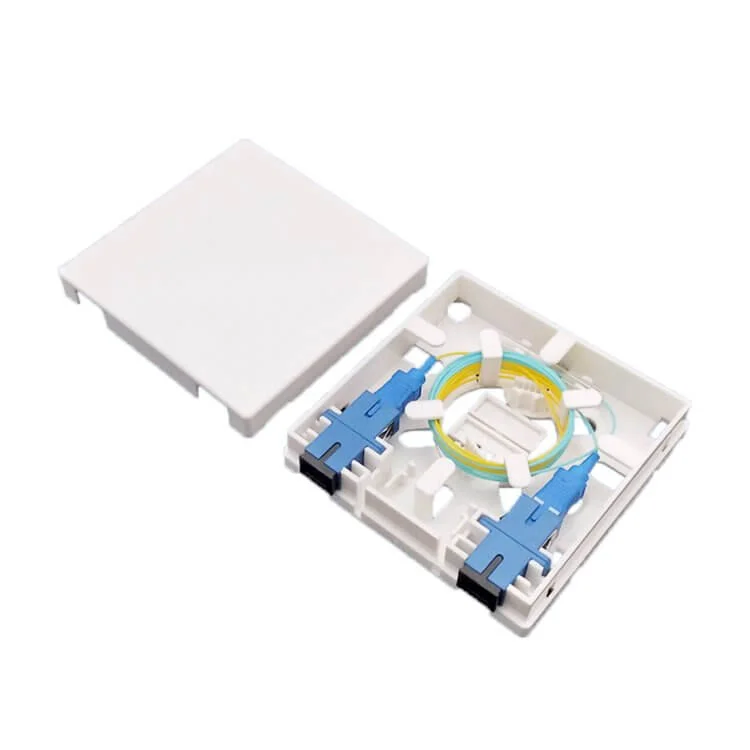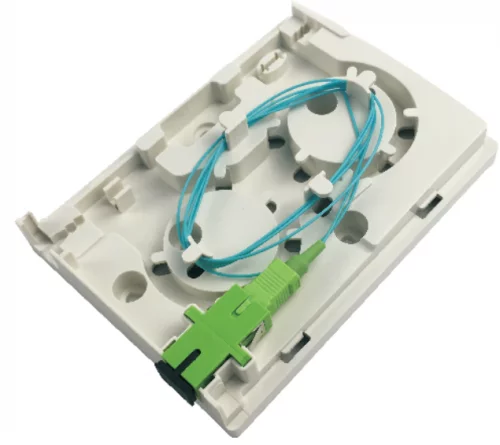The Role of Terminal Boxes and Patch Cables in High-Speed Data Transmission

The Role of Terminal Boxes
Understanding Fiber Optic Cables
Fiber optic cables are essential for transmitting data at high speeds. The two main types of fiber optic cables are singlemode and multimode, each with distinct characteristics.
Singlemode patch cables offer superior transmission capabilities, making them ideal for high-speed data transfer.
Their narrow core reduces signal loss and distortion, resulting in reliable and efficient data transmission.
Understanding Fiber Optic Cables
Types of Fiber Optic Cables
When it comes to fiber optic cables, there are two main types that are widely used for high-speed data transmission: singlemode and multimode. Each type has distinct characteristics that make them suitable for different applications.
Singlemode Fiber Optic Cables: These cables have a small core size, typically around 9 microns in diameter, which allows them to carry light directly down the fiber. This results in less signal attenuation, making singlemode cables ideal for long-distance communication and high-bandwidth applications.
Multimode Fiber Optic Cables: In contrast, multimode cables have a larger core size, usually around 50-62.5 microns in diameter. This allows multiple modes of light to propagate through the cable at the same time. While they are suitable for shorter distances and lower bandwidth needs compared to singlemode cables, they are more cost-effective for certain applications.

Key Components of Fiber Optic Cables
Fiber optic cables consist of several key components that work together to enable efficient data transmission:
Core: The core is the central part of the cable through which light signals travel. It is typically made of silica glass or plastic.
Cladding: Surrounding the core is the cladding, which is designed to reflect light back into the core and protect it from damage.
Buffer: The buffer provides additional protection to the core and cladding, ensuring that the delicate components inside the cable remain intact during installation and use.
By understanding these key components and types of fiber optic cables, it becomes clear how they play a crucial role in enabling high-speed data transmission in various networking environments.
Advantages of Singlemode Patch Cables
Enhanced Data Transmission
When it comes to high-speed data transfer, singlemode patch cables offer unparalleled advantages. Their narrow core significantly reduces signal loss and distortion, ensuring reliable and efficient data transmission. This enhanced capability makes them the ideal choice for applications that demand seamless and high-quality data transfer.
The superior transmission capabilities of single mode fiber patch cables stem from their ability to carry light directly down the fiber with minimal attenuation. As a result, they are well-suited for environments where maintaining signal integrity over long distances is crucial.
Utilizing mono-mode patch cables in network infrastructure provides a significant advantage by ensuring that data is transmitted with minimal interference and maximum efficiency, meeting the demands of modern high-speed communication networks.

Long-Distance Communication
In the realm of network infrastructure, the suitability of singlemode patch cables for long-distance communication cannot be overstated. Their ability to maintain signal strength over extended distances makes them a preferred choice for establishing connections between distant network nodes and data centers. This characteristic is particularly valuable in scenarios where seamless long-distance communication is essential for the smooth operation of critical systems and applications.
By leveraging the unique characteristics of single mode fiber patch cables, organizations can establish robust and reliable communication links across expansive network infrastructures, contributing to enhanced operational efficiency and data integrity.
Importance of Cable Management
In the realm of high-speed data transmission, cable management plays a pivotal role in ensuring smooth and uninterrupted network performance. Effective wire management is essential for minimizing signal interference and optimizing the overall efficiency of data transmission within network infrastructure.
Minimizing Signal Interference
Strategic network cable organization and proper cable management are crucial for reducing signal interference. By organizing patch cables and terminal boxes in a systematic manner, the risk of signal disruptions in network infrastructure is minimized. This meticulous approach to cable management ensures that data transmission remains uninterrupted, promoting seamless communication across the network.
Optimizing Network Performance
Furthermore, meticulous cable management practices contribute to optimizing network performance. By strategically organizing cables and maintaining clear pathways, the overall efficiency of data transmission is enhanced. This optimization ensures that the network operates at its full potential, facilitating swift and reliable data transfer throughout the infrastructure.
Patch Cables and Data Transmission
In high-speed data transmission, the role of patch cables is paramount. These cables serve as the crucial link between various components within network infrastructure, facilitating the seamless transfer of data. Whether it's transmitting data between servers, switches, routers, or other networking devices, patch cables play a vital role in maintaining efficient and reliable data transmission. By ensuring proper connectivity and signal integrity, patch cables contribute to the overall performance and functionality of network systems. In conjunction with terminal boxes, patch cables form an essential part of the intricate network infrastructure that enables high-speed data transmission.
See Also
Maximize Outdoor Fiber Patch Cable Performance with LC Type Connectors
2024 Future Developments in Single Mode Optical Fiber Technology
Understanding the Applications of Singlemode ADSS Cable in Telecommunications
Understanding Prodigy Fiber-to-the-Home Hardened Connectivity for High-Speed Internet
Exploring Options for Singlemode Round Drop Cable Quick Connectors in Outdoor Settings
About US
Follow Us
AnetFiber company's main products are indoor and outdoor optical fiber cables, outdoor waterproof pre-connected fiber-to-the-home products, PLC optical fiber splitters, optical fiber jumpers and pigtails, MTP®/MPO high-density big data product solutions, optical fiber field quick connectors and research and development molding, injection molding and production of optical fiber distribution boxes, optical fiber chassis cabinets, the market has expanded to the world, Europe, America, Asia, the Middle East and Latin America.
Address
Shenzhen City, Baoan District, Yanluo Street, Tangxiayong Community, Yangyong Industrial Road, Tonggangda New Energy Vehicle Park 406
Contacts
+86 199 2655 3586

